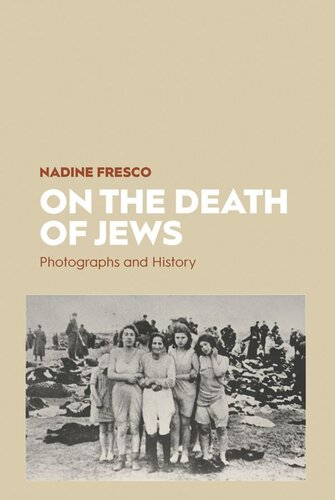

Most ebook files are in PDF format, so you can easily read them using various software such as Foxit Reader or directly on the Google Chrome browser.
Some ebook files are released by publishers in other formats such as .awz, .mobi, .epub, .fb2, etc. You may need to install specific software to read these formats on mobile/PC, such as Calibre.
Please read the tutorial at this link: https://ebookbell.com/faq
We offer FREE conversion to the popular formats you request; however, this may take some time. Therefore, right after payment, please email us, and we will try to provide the service as quickly as possible.
For some exceptional file formats or broken links (if any), please refrain from opening any disputes. Instead, email us first, and we will try to assist within a maximum of 6 hours.
EbookBell Team

5.0
18 reviews“A meticulous and shattering investigation of eight horrific pictures…”—L’Arche
In December 1941, on a shore near the Latvian city of Liepaja, Nazi death squads (the Einsatzgruppen) and local collaborators murdered in three days more than 2,700 Jews. The majority were women and children, most men having already been shot during the summer.
The perpetrators took pictures of the December killings.
These pictures are among the rare photographs from the first period of the extermination, during which over 800 000 Jews from the Baltic to the Black Sea were shot to death. By showing the importance of photography in understanding persecution, Nadine Fresco offers a powerful meditation on these images while confronting the essential questions of testimony and guilt.
From the forward by Dorota Glowackay:
Straddling the boundary between historical inquiry and personal reflection, this extraordinary text unfolds as a series of encounters with eponymic Holocaust photographs. Although only a small number of photographs are reproduced here, Fresco provides evocative descriptions of many well-known images: synagogues and Torah scrolls burning on the night of Kristallnacht; deportations to the ghettos and the camps; and, finally, mass executions in the killing fi elds of Eastern Europe. The unique set of photographs included in On the Death of Jews shows groups of women and children from Liepaja (Liepája), shortly before they were killed in December 1941 in the dunes of Shkede (Škéde) on the Baltic Sea. In the last photograph of the series, we see the victims’ bodies tumbling into the pit.